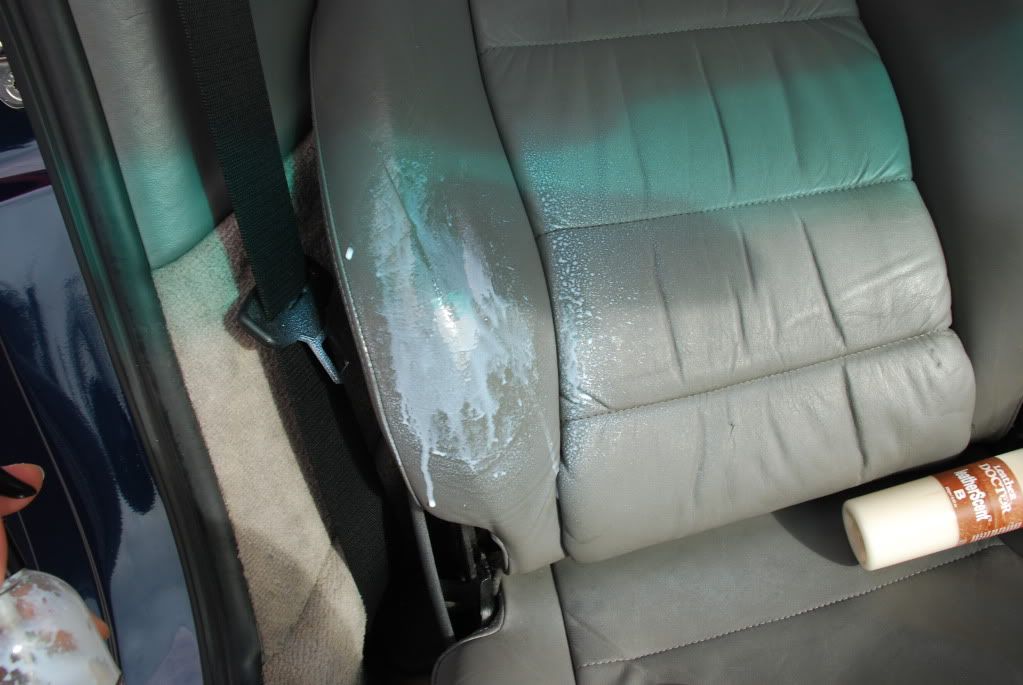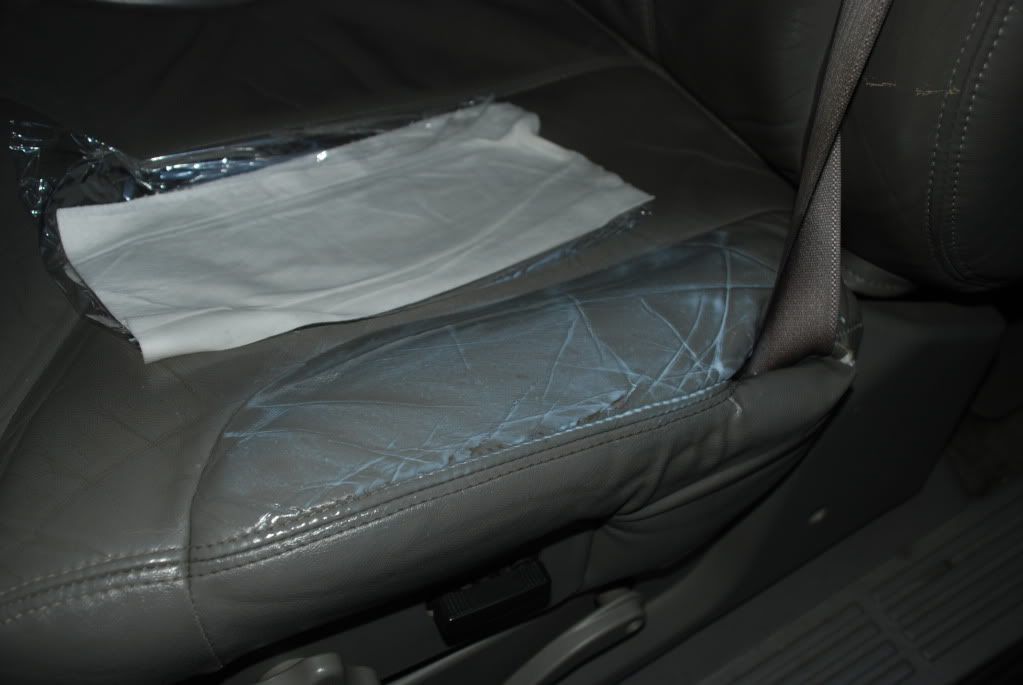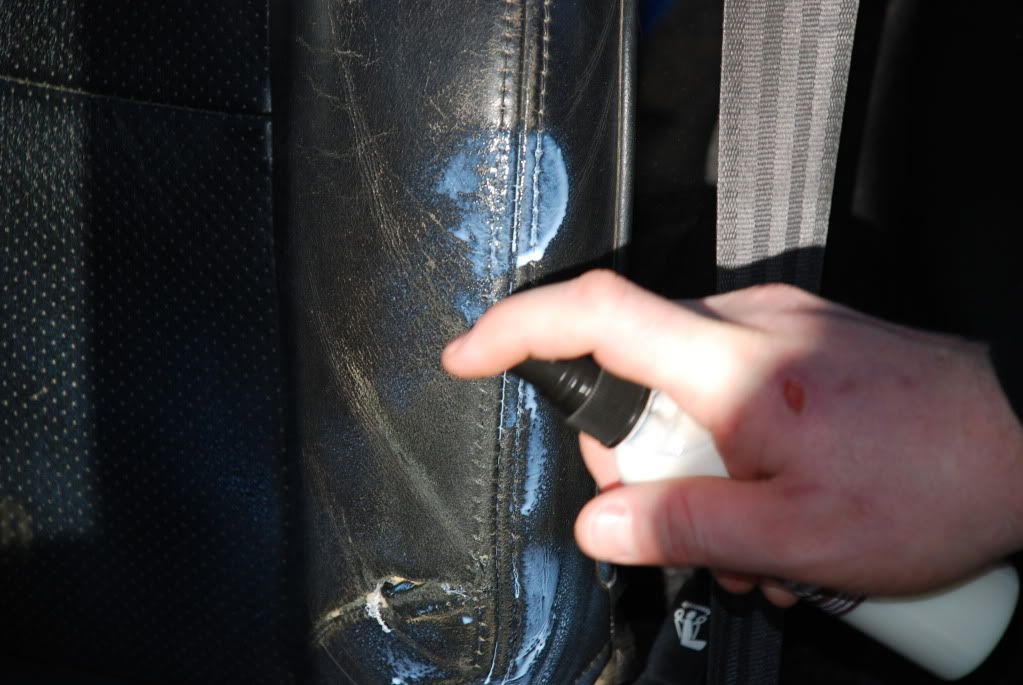David Fermani said:
Hi Roger! - This explanaton sounds alot like Leatherique. Any similarities?
===
You are spot-on!
Stuffing system works but first you need to sweat it out!
Setback is creating the heat in cold climate, that’s first.
Second, need to clean-off the sticky mess.
Third, anything that is stuff-in will eventually leak out, when temperature reach beyond the initial threshold!
Fourth, retard the leather the ability to breathe.
Yet it’s still one of the world best system of the 20th Century.
In the 21st Century, Hydrogen-Bonding system uses leather chemistry for ease of application with far better result.
First, it does not depend on the weather or heat or elbow strength.
Second, a low pH 3.3 Hydrator is the driving forces to relax and separates the stiff leather structure, rather than depending on winding up the windows for a sauna effect (far more risky to foul up those high-tech electronics).
If the hydrator acting as preconditions does not penetrate, simply abandon the project (save the agony time of a great hopeless expectation including cleaning up the oily, greasy messes with the stuffing system).
Third, if the leather structure is able to be hydrated, then fatliquoring will not go to waste and you can assure of its intended objective – to strengthen and soften the leather for suppleness.
Question is do we need to use detergency to remove the access fats and oils that stays on the leather finishes.
Why clean off what we pay to do the job.
Simply drive the anionic charge fats and oils in again!
How?
Create more Hydrogen-Bonding sites!
What we need is to acidify the protein leather further with a pH 3.0 acidifier rinse.
Once the acidifier is sprayed it will shift the protein fibers more Cationic (+).
Now you will see that the anionic charge oils and fats hydrogen-bond with the cationic leather fibrils (the milky fats and oils disappear) leaving the leather finish with a squeaky feel.
Better experience these phenomenal yourself first hand with available samples!
Why take the words from someone else!
Roger Koh
Leather Doctor®






